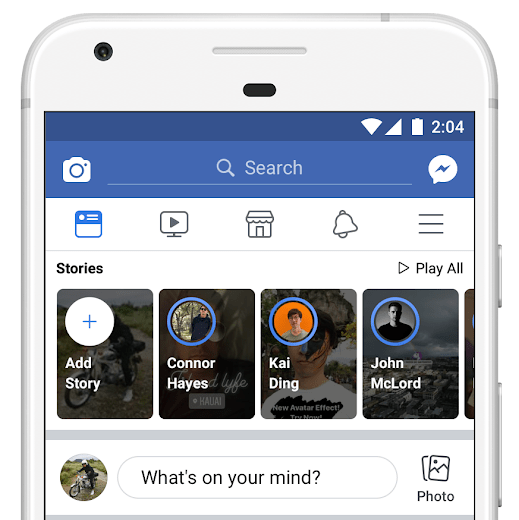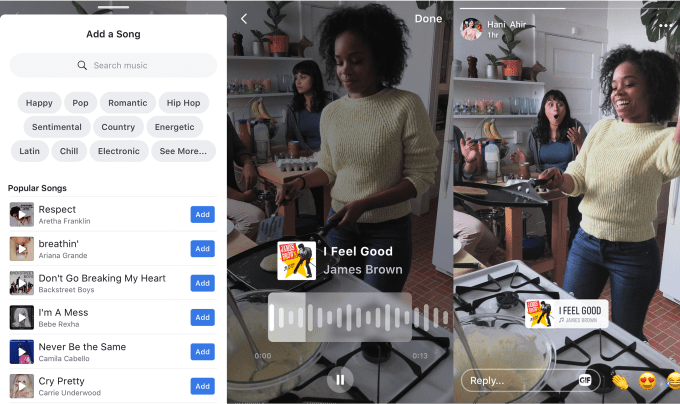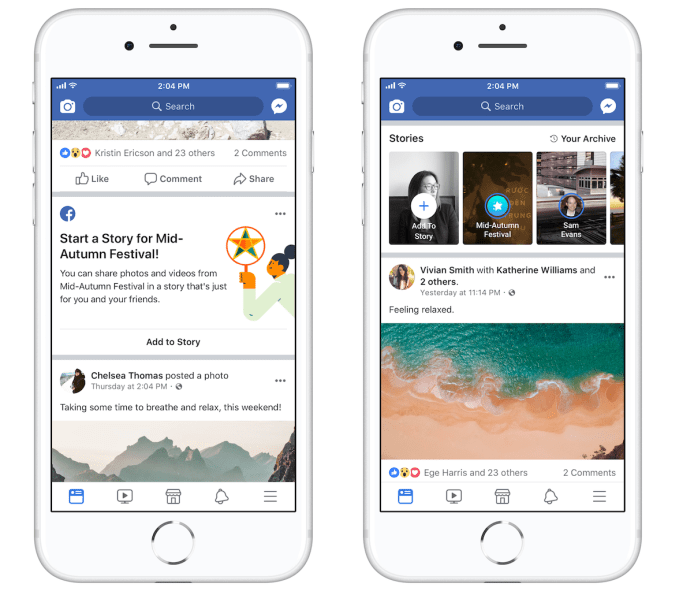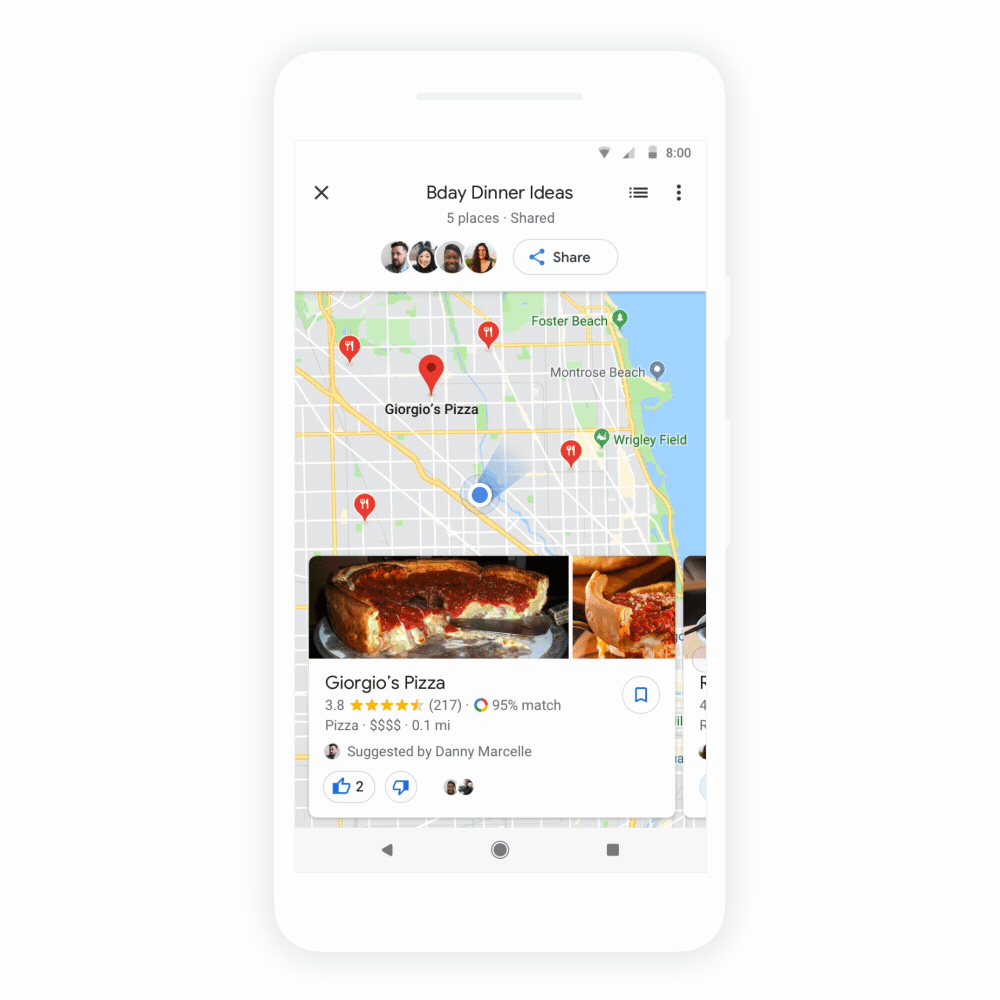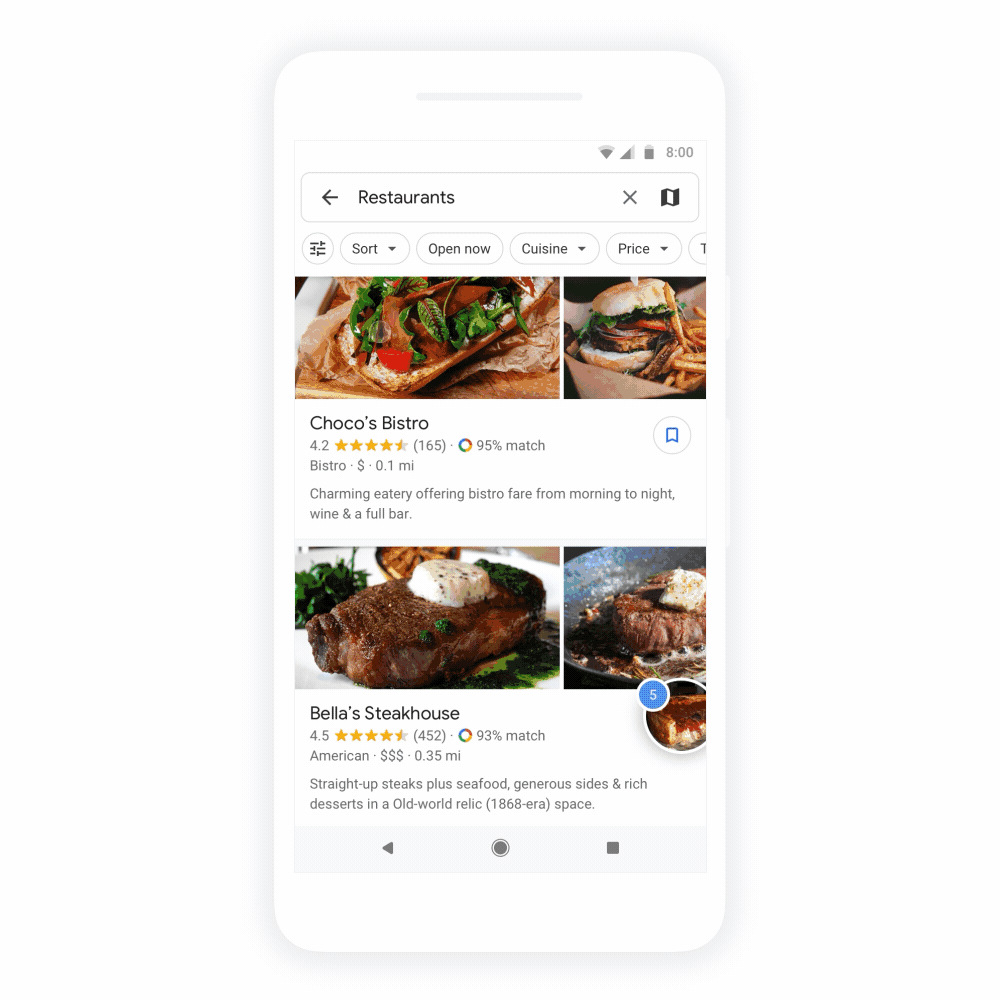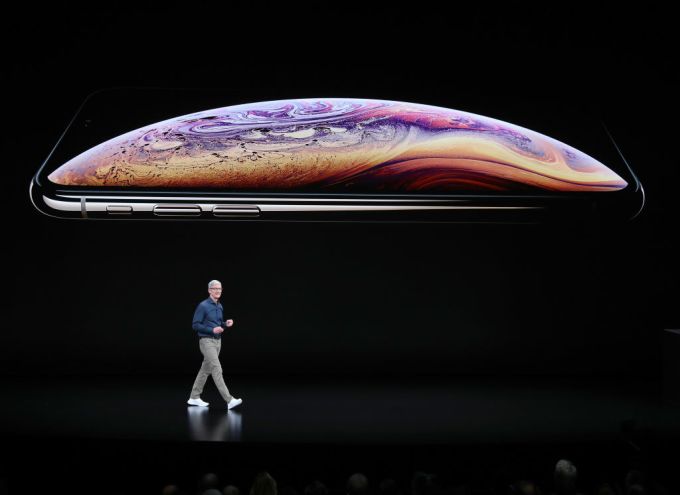It’s been 10 years since Google took the wraps off the G1, the first Android phone. Since that time the OS has grown from buggy, nerdy iPhone alternative to arguably the most popular (or at least populous) computing platform in the world. But it sure as heck didn’t get there without hitting a few bumps along the road.
Join us for a brief retrospective on the last decade of Android devices: the good, the bad, and the Nexus Q.
HTC G1 (2008)
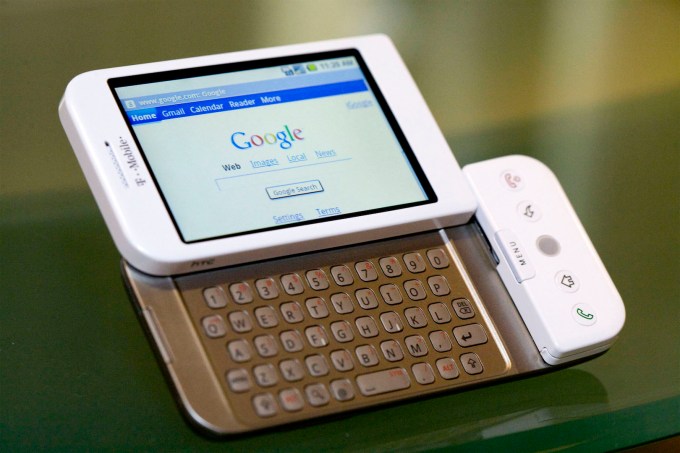
This is the one that started it all, and I have a soft spot in my heart for the old thing. Also known as the HTC Dream — this was back when we had an HTC, you see — the G1 was about as inauspicious a debut as you can imagine. Its full keyboard, trackball, slightly janky slide-up screen (crooked even in official photos), and considerable girth marked it from the outset as a phone only a real geek could love. Compared to the iPhone, it was like a poorly dressed whale.
But in time its half-baked software matured and its idiosyncrasies became apparent for the smart touches they were. To this day I occasionally long for a trackball or full keyboard, and while the G1 wasn’t pretty, it was tough as hell.
Moto Droid (2009)
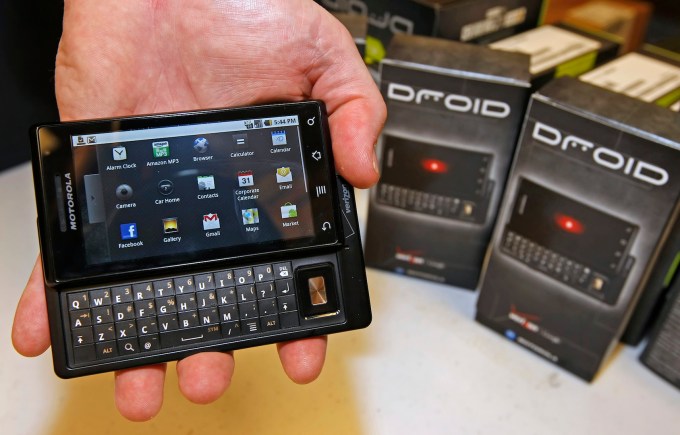
Of course, most people didn’t give Android a second look until Moto came out with the Droid, a slicker, thinner device from the maker of the famed RAZR. In retrospect, the Droid wasn’t that much better or different than the G1, but it was thinner, had a better screen, and had the benefit of an enormous marketing push from Motorola and Verizon. (Disclosure: Verizon owns Oath, which owns TechCrunch, but this doesn’t affect our coverage in any way.)
For many, the Droid and its immediate descendants were the first Android phones they had — something new and interesting that blew the likes of Palm out of the water, but also happened to be a lot cheaper than an iPhone.
HTC/Google Nexus One (2010)
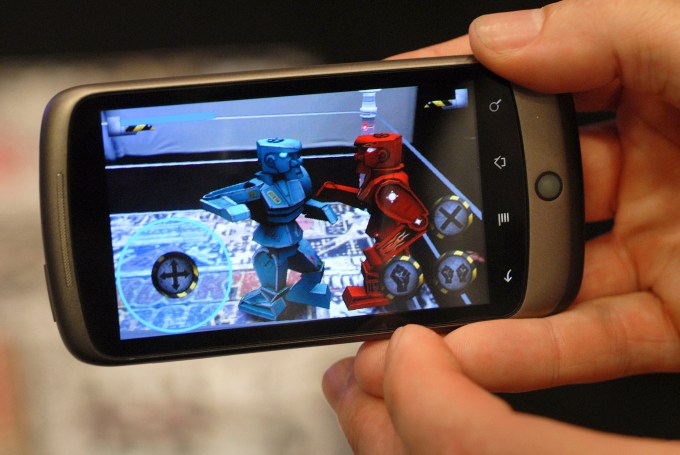
This was the fruit of the continued collaboration between Google and HTC, and the first phone Google branded and sold itself. The Nexus One was meant to be the slick, high-quality device that would finally compete toe-to-toe with the iPhone. It ditched the keyboard, got a cool new OLED screen, and had a lovely smooth design. Unfortunately it ran into two problems.
First, the Android ecosystem was beginning to get crowded. People had lots of choices and could pick up phones for cheap that would do the basics. Why lay the cash out for a fancy new one? And second, Apple would shortly release the iPhone 4, which — and I was an Android fanboy at the time — objectively blew the Nexus One and everything else out of the water. Apple had brought a gun to a knife fight.
HTC Evo 4G (2010)

Another HTC? Well, this was prime time for the now-defunct company. They were taking risks no one else would, and the Evo 4G was no exception. It was, for the time, huge: the iPhone had a 3.5-inch screen, and most Android devices weren’t much bigger, if they weren’t smaller.
The Evo 4G somehow survived our criticism (our alarm now seems extremely quaint, given the size of the average phone now) and was a reasonably popular phone, but ultimately is notable not for breaking sales records but breaking the seal on the idea that a phone could be big and still make sense. (Honorable mention goes to the Droid X.)
Samsung Galaxy S (2010)
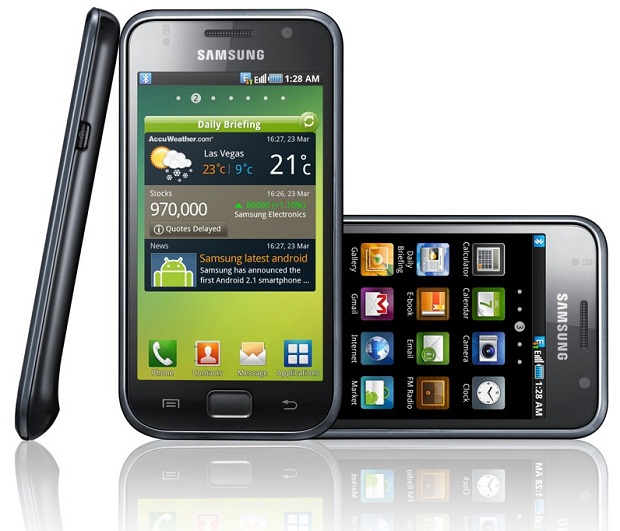
Samsung’s big debut made a hell of a splash, with custom versions of the phone appearing in the stores of practically every carrier, each with their own name and design: the AT&T Captivate, T-Mobile Vibrant, Verizon Fascinate, and Sprint Epic 4G. As if the Android lineup wasn’t confusing enough already at the time!
Though the S was a solid phone, it wasn’t without its flaws, and the iPhone 4 made for very tough competition. But strong sales reinforced Samsung’s commitment to the platform, and the Galaxy series is still going strong today.
Motorola Xoom (2011)

This was an era in which Android devices were responding to Apple, and not vice versa as we find today. So it’s no surprise that hot on the heels of the original iPad we found Google pushing a tablet-focused version of Android with its partner Motorola, which volunteered to be the guinea pig with its short-lived Xoom tablet.
Although there are still Android tablets on sale today, the Xoom represented a dead end in development — an attempt to carve a piece out of a market Apple had essentially invented and soon dominated. Android tablets from Motorola, HTC, Samsung and others were rarely anything more than adequate, though they sold well enough for a while. This illustrated the impossibility of “leading from behind” and prompted device makers to specialize rather than participate in a commodity hardware melee.
Amazon Kindle Fire (2011)
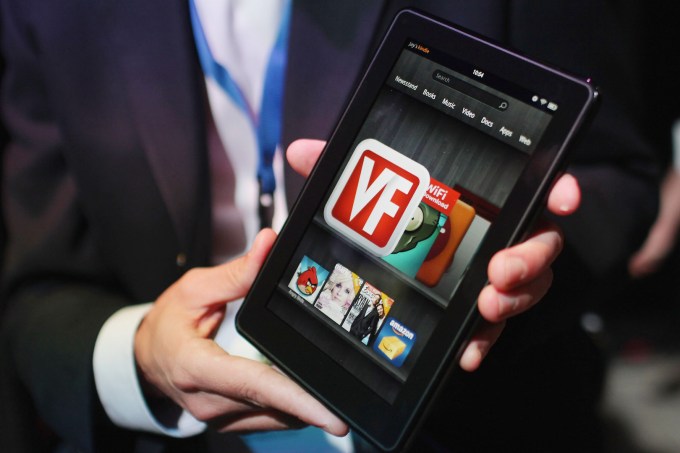
And who better to illustrate than Amazon? Its contribution to the Android world was the Fire series of tablets, which differentiated themselves from the rest by being extremely cheap and directly focused on consuming digital media. Just $200 at launch and far less later, the Fire devices catered to the regular Amazon customer whose kids were pestering them about getting a tablet on which to play Fruit Ninja or Angry Birds, but who didn’t want to shell out for an iPad.
Turns out this was a wise strategy, and of course one Amazon was uniquely positioned to do with its huge presence in online retail and the ability to subsidize the price out of the reach of competition. Fire tablets were never particularly good, but they were good enough, and for the price you paid, that was kind of a miracle.
Xperia Play (2011)

Sony has always had a hard time with Android. Its Xperia line of phones for years were considered competent — I owned a few myself — and arguably industry-leading in the camera department. But no one bought them. And the one they bought the least of, or at least proportional to the hype it got, has to be the Xperia Play. This thing was supposed to be a mobile gaming platform, and the idea of a slide-out keyboard is great — but the whole thing basically cratered.
What Sony had illustrated was that you couldn’t just piggyback on the popularity and diversity of Android and launch whatever the hell you wanted. Phones didn’t sell themselves, and although the idea of playing Playstation games on your phone might have sounded cool to a few nerds, it was never going to be enough to make it a million-seller. And increasingly that’s what phones needed to be.
Samsung Galaxy Note (2012)
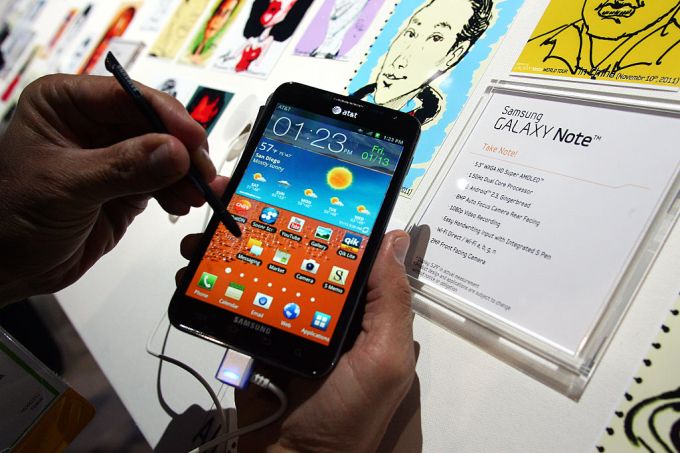
As a sort of natural climax to the swelling phone trend, Samsung went all out with the first true “phablet,” and despite groans of protest the phone not only sold well but became a staple of the Galaxy series. In fact, it wouldn’t be long before Apple would follow on and produce a Plus-sized phone of its own.
The Note also represented a step towards using a phone for serious productivity, not just everyday smartphone stuff. It wasn’t entirely successful — Android just wasn’t ready to be highly productive — but in retrospect it was forward thinking of Samsung to make a go at it and begin to establish productivity as a core competence of the Galaxy series.
Google Nexus Q (2012)

This abortive effort by Google to spread Android out into a platform was part of a number of ill-considered choices at the time. No one really knew, apparently at Google or anywhere elsewhere in the world, what this thing was supposed to do. I still don’t. As we wrote at the time:
Here’s the problem with the Nexus Q: it’s a stunningly beautiful piece of hardware that’s being let down by the software that’s supposed to control it.
It was made, or rather nearly made in the USA, though, so it had that going for it.
HTC First — “The Facebook Phone” (2013)

The First got dealt a bad hand. The phone itself was a lovely piece of hardware with an understated design and bold colors that stuck out. But its default launcher, the doomed Facebook Home, was hopelessly bad.
How bad? Announced in April, discontinued in May. I remember visiting an AT&T store during that brief period and even then the staff had been instructed in how to disable Facebook’s launcher and reveal the perfectly good phone beneath. The good news was that there were so few of these phones sold new that the entire stock started selling for peanuts on Ebay and the like. I bought two and used them for my early experiments in ROMs. No regrets.
HTC One/M8 (2014)
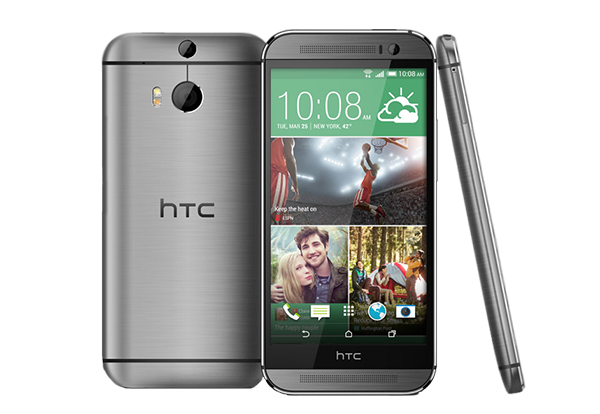
This was the beginning of the end for HTC, but their last few years saw them update their design language to something that actually rivaled Apple. The One and its successors were good phones, though HTC oversold the “Ultrapixel” camera, which turned out to not be that good, let alone iPhone-beating.
As Samsung increasingly dominated, Sony plugged away, and LG and Chinese companies increasingly entered the fray, HTC was under assault and even a solid phone series like the One couldn’t compete. 2014 was a transition period with old manufacturers dying out and the dominant ones taking over, eventually leading to the market we have today.
Google/LG Nexus 5X and Huawei 6P (2015)

This was the line that brought Google into the hardware race in earnest. After the bungled Nexus Q launch, Google needed to come out swinging, and they did that by marrying their more pedestrian hardware with some software that truly zinged. Android 5 was a dream to use, Marshmallow had features that we loved … and the phones became objects that we adored.
We called the 6P “the crown jewel of Android devices”. This was when Google took its phones to the next level and never looked back.
Google Pixel (2016)

If the Nexus was, in earnest, the starting gun for Google’s entry into the hardware race, the Pixel line could be its victory lap. It’s an honest-to-god competitor to the Apple phone.
Gone are the days when Google is playing catch-up on features to Apple, instead, Google’s a contender in its own right. The phone’s camera is amazing. The software works relatively seamlessly (bring back guest mode!), and phone’s size and power are everything anyone could ask for. The sticker price, like Apple’s newest iPhones, is still a bit of a shock, but this phone is the teleological endpoint in the Android quest to rival its famous, fruitful, contender.
Let’s see what the next ten years bring.
from RSSMix.com Mix ID 8176981
https://techcrunch.com/2018/09/23/history-of-android-the-good-the-bad-the-nexus/
http://www.gadgetscompared.com
from Tumblr http://ikonografico.tumblr.com/post/178396877421
via
http://www.gadgetscompared.com

